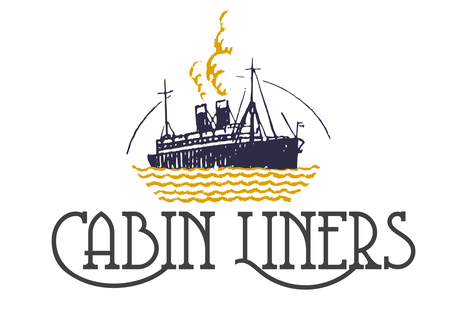|
As we approach the Festive season and the end of 2023, I would like to thank all those who have supported Cabin Liners by liking, following, and engaging with our content on Instagram and Facebook. Looking forward to the year ahead, I am looking for new ways to expand the website and offer additional content to all of our wonderful enthusiasts for ocean travel in the 1920s and 1920s. I am in the process of establishing a creator profile of Patreon. This will provide a way for followers to offer a small token of financial support for Cabin Liners, in exchange for additional content and early access to our articles. There are currently two membership tears offered on Patreon:
We will use the Patreon revenue to support site hosting, software and font licensing, and other administrative expenses associated with running the website. Of course, Patreon offers something a little bit extra. All of our regular content will continue, along with an increasing expansion of the website to include more 'Step Aboard' tours, blog articles, and additional resources. Thank you once again for all your support. I like forward to growing Cabin Liners and sharing the world of 1920s/30s ocean travel with you in 2024!
𝒥𝒶𝓂𝒾𝑒 Webmaster / Author
0 Comments
The 1920s and 1930s were a new age in ocean travel. Leading up to the First World War, La Belle Époque had been a combined age of increasingly comfortable ocean travel and mass migration. Fueled by fierce economic competition, rapid technological development, and concern for national status, shipping companies and national governments were engaged in a constant battle of one-upmanship for the fastest, smoothest, and best equipped transatlantic liners. All passengers enjoyed increasing comfort - from the vastly improved welfare and facilities for third class immigrants, to the opulent design and innovative facilities in first class accommodation. The war brought about a changed world. Shipping companies were gradually forced to adapt but their evolution ushered in a second golden age of the ocean liner. Increased prosperity opened up travel to many and newly restrictive U.S. immigration law shifted focus away from migrants to a new class of traveller. This was the birth of the ‘Cabin Liner’ era. Whilst First Class remained on the great express liners, passengers on smaller vessels could take advantage of the new Cabin Class, providing the comfort and service of first class at almost second class rates. Meanwhile, much of the once vast Third Class gradually gave way to the new Tourist-Third Cabin. Open spaces once filled by immigrants searching for a better life were replaced by neat, modern cabins for students, backpackers, and a new class of holiday makers. A new world brought about a new understanding of ocean travel. Cabin Ships are the result of public demand for luxury in transatlantic travel at moderate rates. The Cabin Traveler enjoys every comfort and many of the luxuries of the great express liners - and yet for a pleasingly smaller fare. |
Step aboard |
LEARN MORE |
|



 RSS Feed
RSS Feed